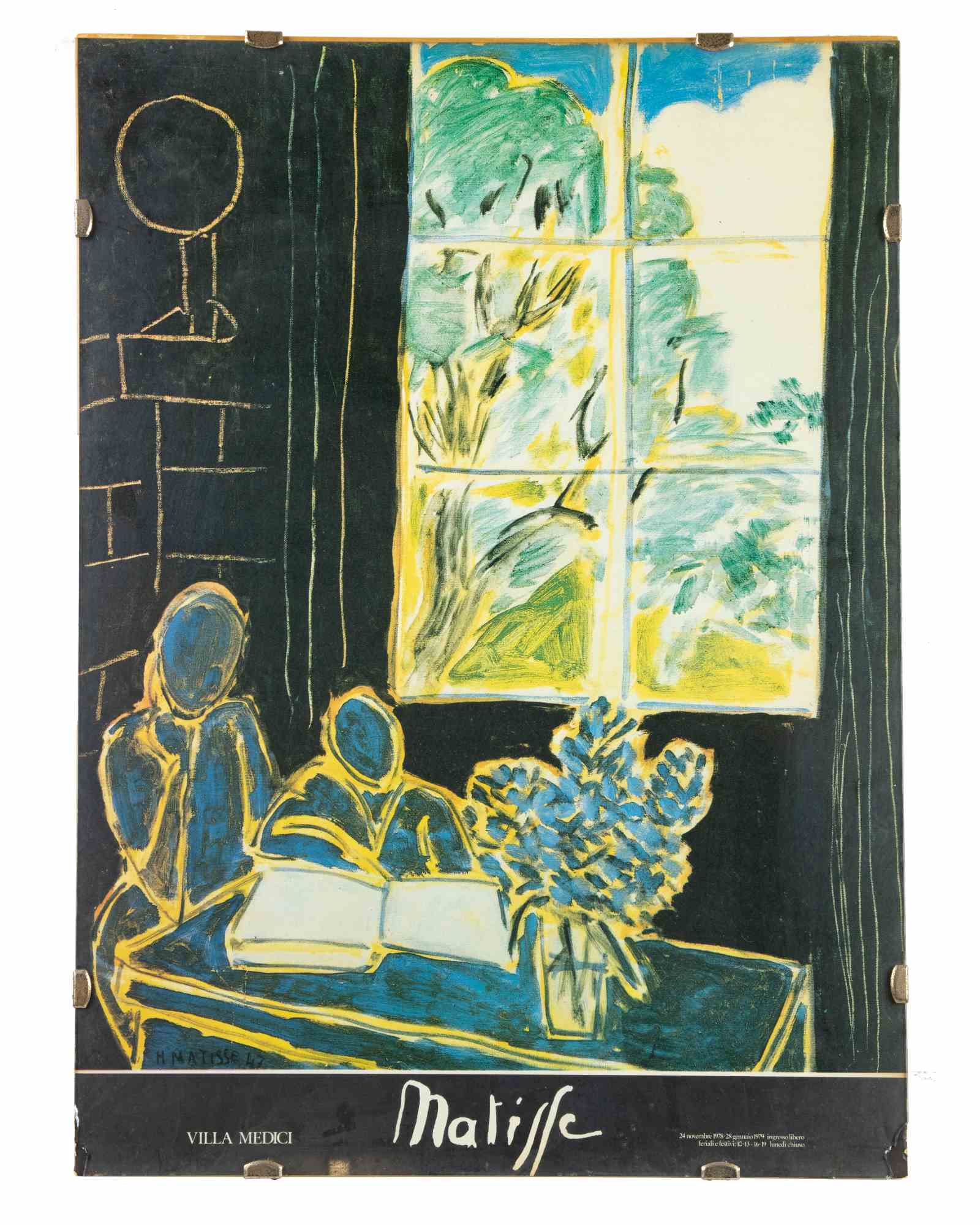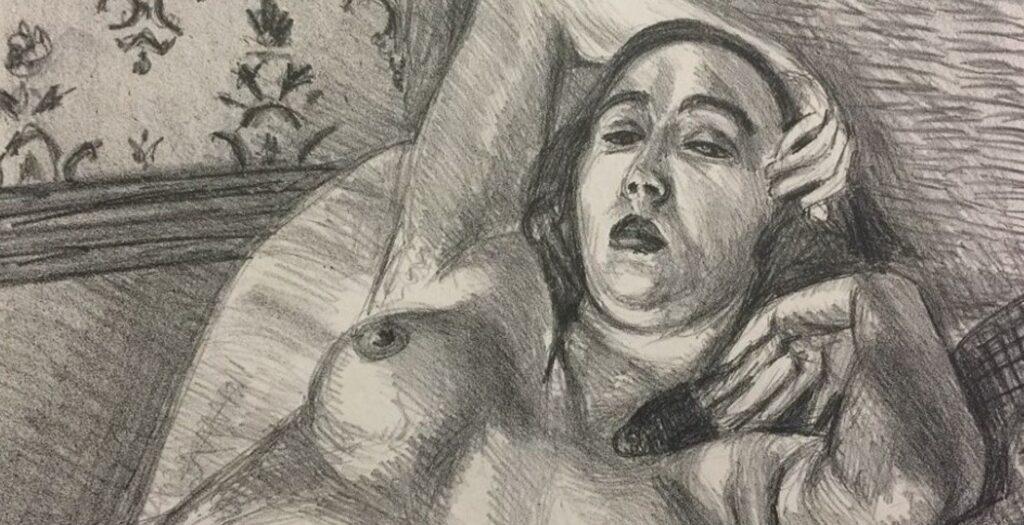
“Matisse, Derain and Friends – The Paris Avantgarde 1904–1908” at Kunstmuseum Basel
In a celebration of color, creativity, and avant-garde spirit, Kunstmuseum Basel presents the highly anticipated exhibition, “Matisse, Derain and Friends – The Paris Avantgarde 1904–1908.” Curated by Arthur Fink, Claudine Grammont, and Josef Helfenstein, this extraordinary exhibition promises to transport art enthusiasts to a pivotal moment in the history of modern art. To January 21, 2024, prepare to be immersed in the vibrant world of the Fauvists.
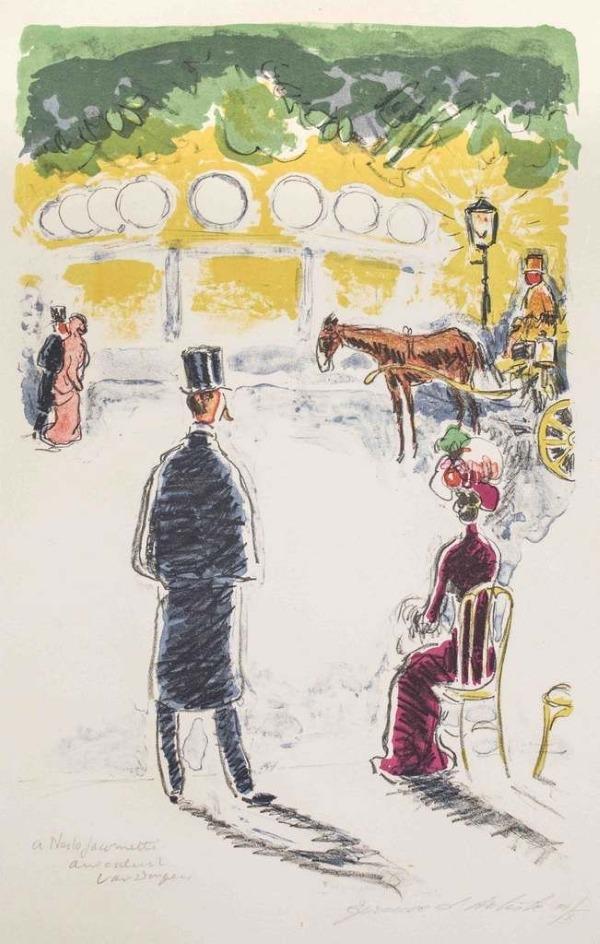
Origins and Key Figures
Fauvism was a revolutionary art movement that emerged in the early 20th century, representing a dramatic departure from traditional artistic norms. Originating in France, particularly in Paris, between 1904 and 1908, Fauvism was characterized by its bold and vibrant use of color, simplified forms, and a rejection of realistic representation.
Fauvism can be traced back to a loosely affiliated group of artists, with Henri Matisse, André Derain, and Maurice de Vlaminck serving as its central figures. These artists sought to challenge the rigid academic conventions of their time, particularly the Impressionist and Post-Impressionist movements, by embracing a more liberated and expressive approach to painting.
The movement’s name, “Fauvism,” is derived from the French word “fauve,” which translates to “wild beast” or “wild animal.” This name was given to the group by the art critic Louis Vauxcelles in 1905.
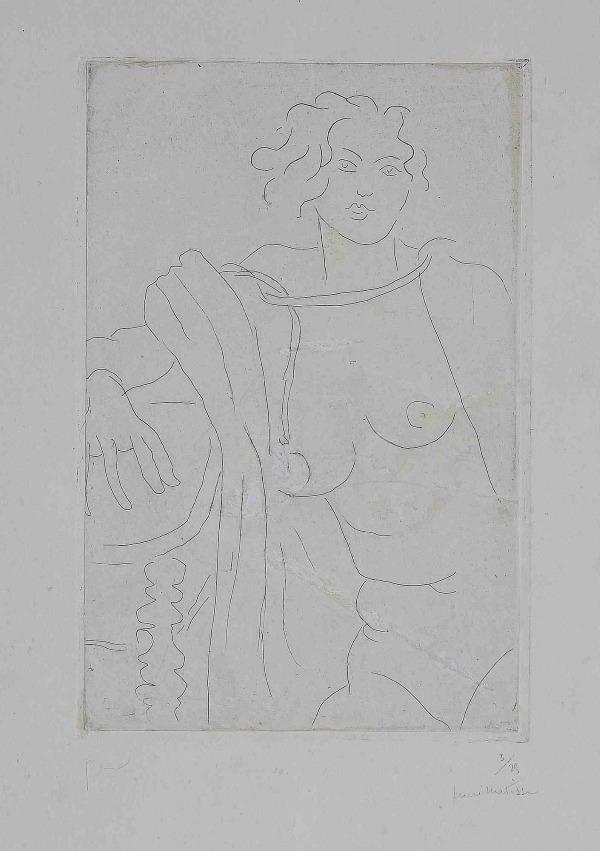
The Fauvist Style
The hallmark of Fauvism was its extraordinary use of color. Fauvist artists employed bold, non-naturalistic colors, often applied directly from the tube without blending or shading. The result was a vivid and intense visual experience that transcended traditional notions of representation. Fauvist works were characterized by their flatness, with little or no use of perspective, and simplified, almost abstract forms.
Fauvism: A Radical Break from Tradition
Fauvism emerged as a reaction against the prevailing academic traditions that emphasized realistic depictions of the world. The Fauvists sought to liberate art from these constraints, pushing the boundaries of color and form. Their works were a celebration of artistic freedom, and they rejected the need to faithfully reproduce the natural world.
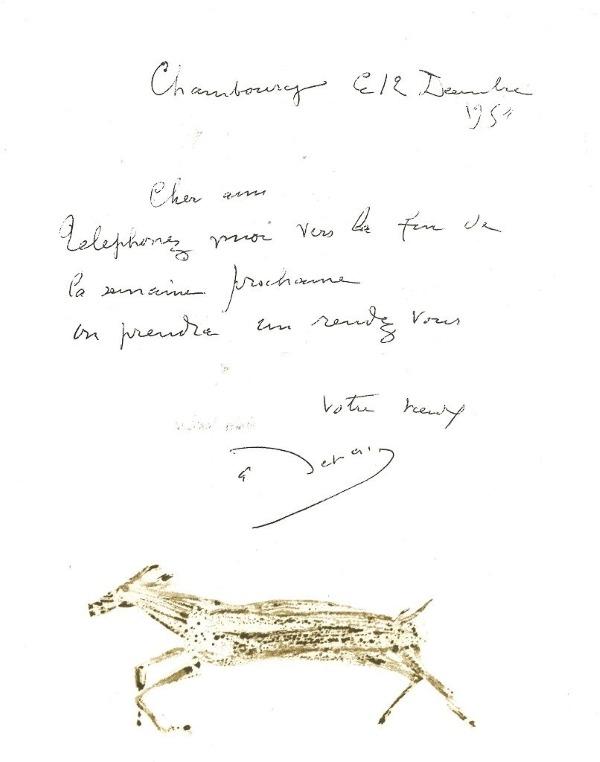
Fauvism’s Impact and Legacy
Although Fauvism as a formal movement lasted only a few years, its impact on the art world was profound. It paved the way for subsequent avant-garde movements, particularly Cubism and abstract art, which continued to challenge traditional artistic conventions. Fauvism’s influence can also be seen in the works of artists like Wassily Kandinsky and Piet Mondrian, who embraced the use of color and abstraction.
In essence, Fauvism was a bold and audacious movement that dared to redefine the very essence of art. It liberated color from its natural constraints and left an indelible mark on the trajectory of modern art. Today, Fauvist works are celebrated for their vibrant and unbridled expression.
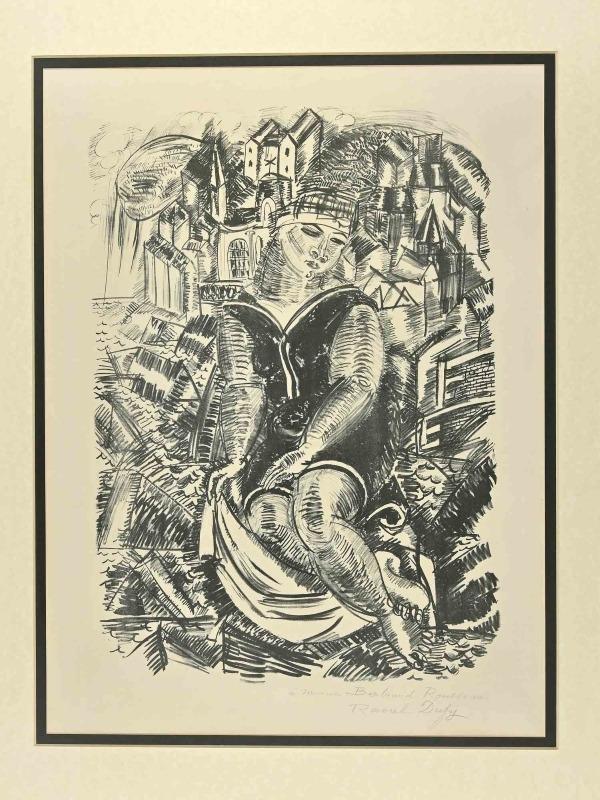
As we step into “Matisse, Derain and Friends – The Paris Avantgarde 1904–1908,” we are invited to witness the birth of Fauvism, a movement that redefined the boundaries of artistic expression and left an indelible mark on the world of art. Visit the exhibition at Kunstmuseum Basel to January 21, 2024, and experience the wild and untamed beauty of Fauvism.
Related artworks
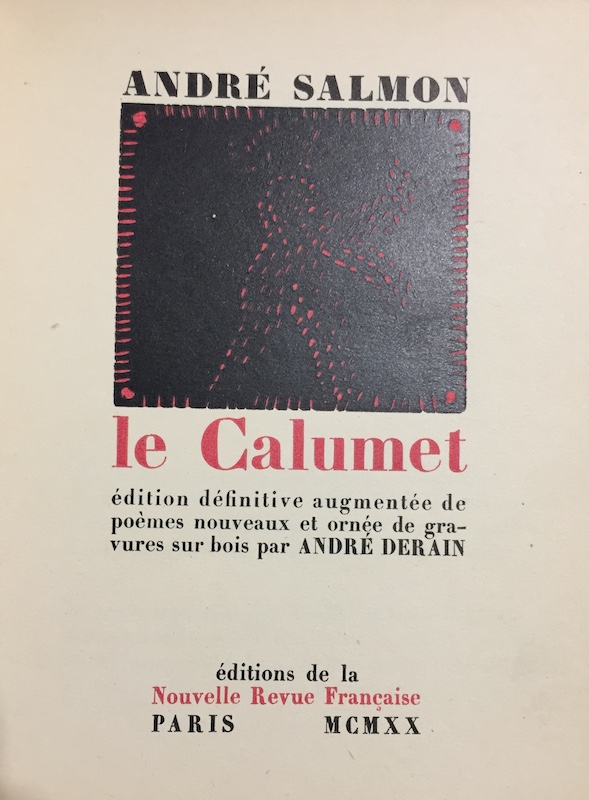
Le Calumet
André Derain, André Salmon
250€
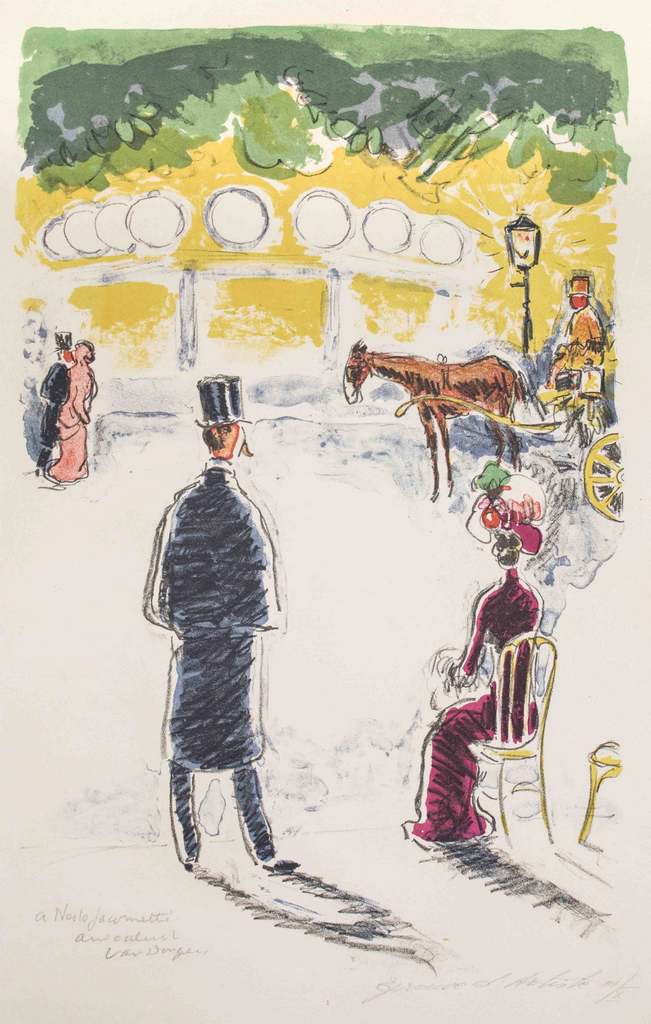
Au bois
Kees Van Dongen
Lithograph
3800€
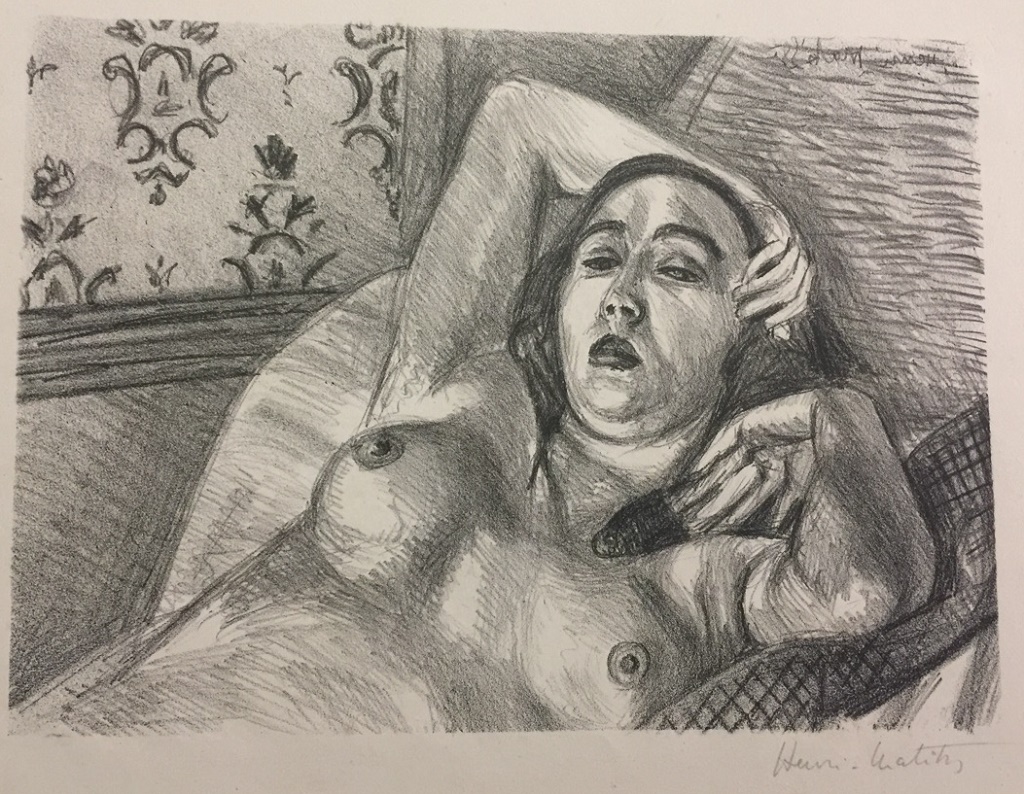
Le Repos du Modèle
Henri Matisse
Lithograph
10000€
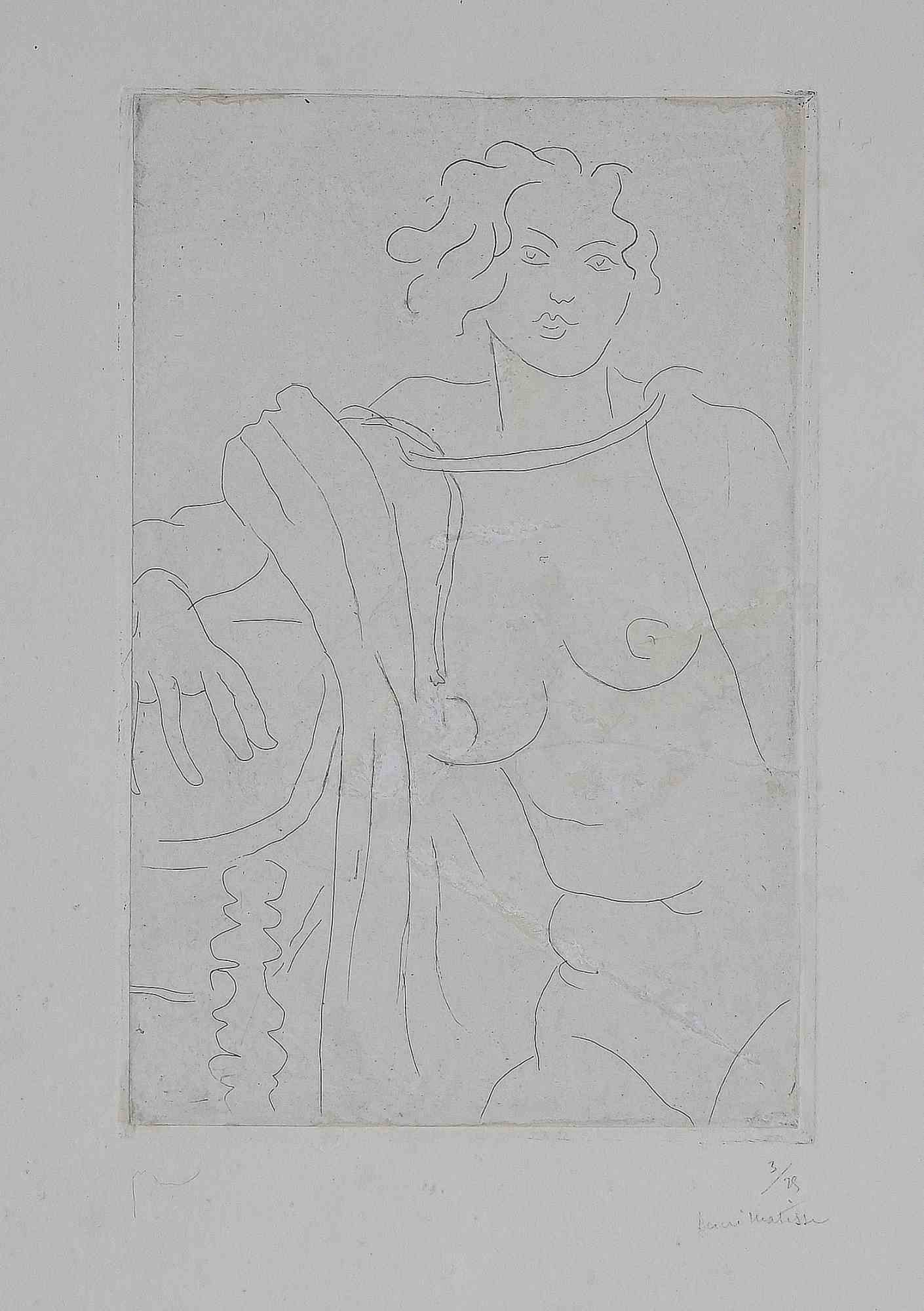
Figure assise, le bras droit appuye sur une table (Seated Figure)
Henri Matisse
Etching
31500€
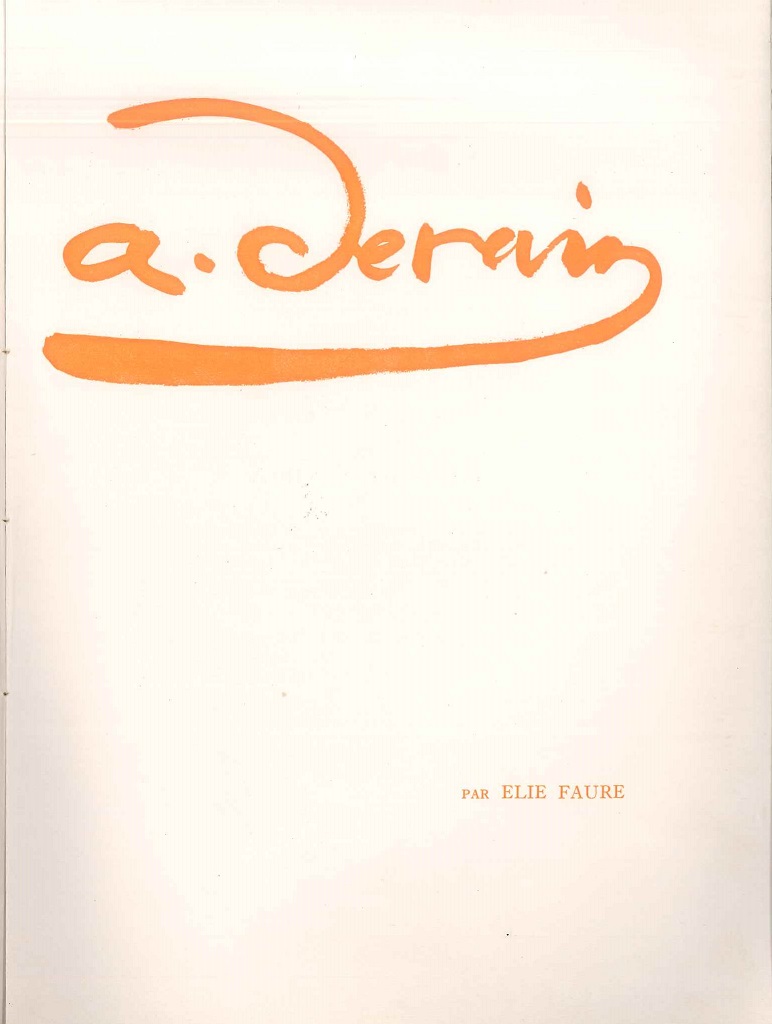
André Derain
Elie Faure
70€
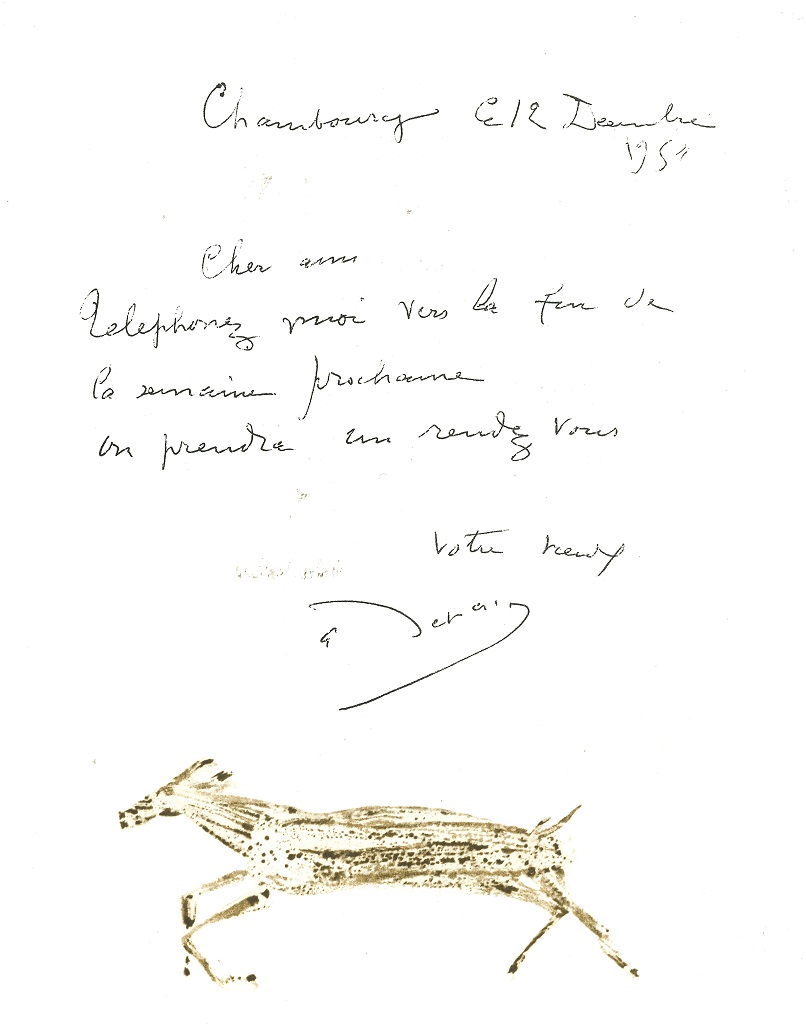
Composition from A même la pierre
André Derain
Lithograph
281€
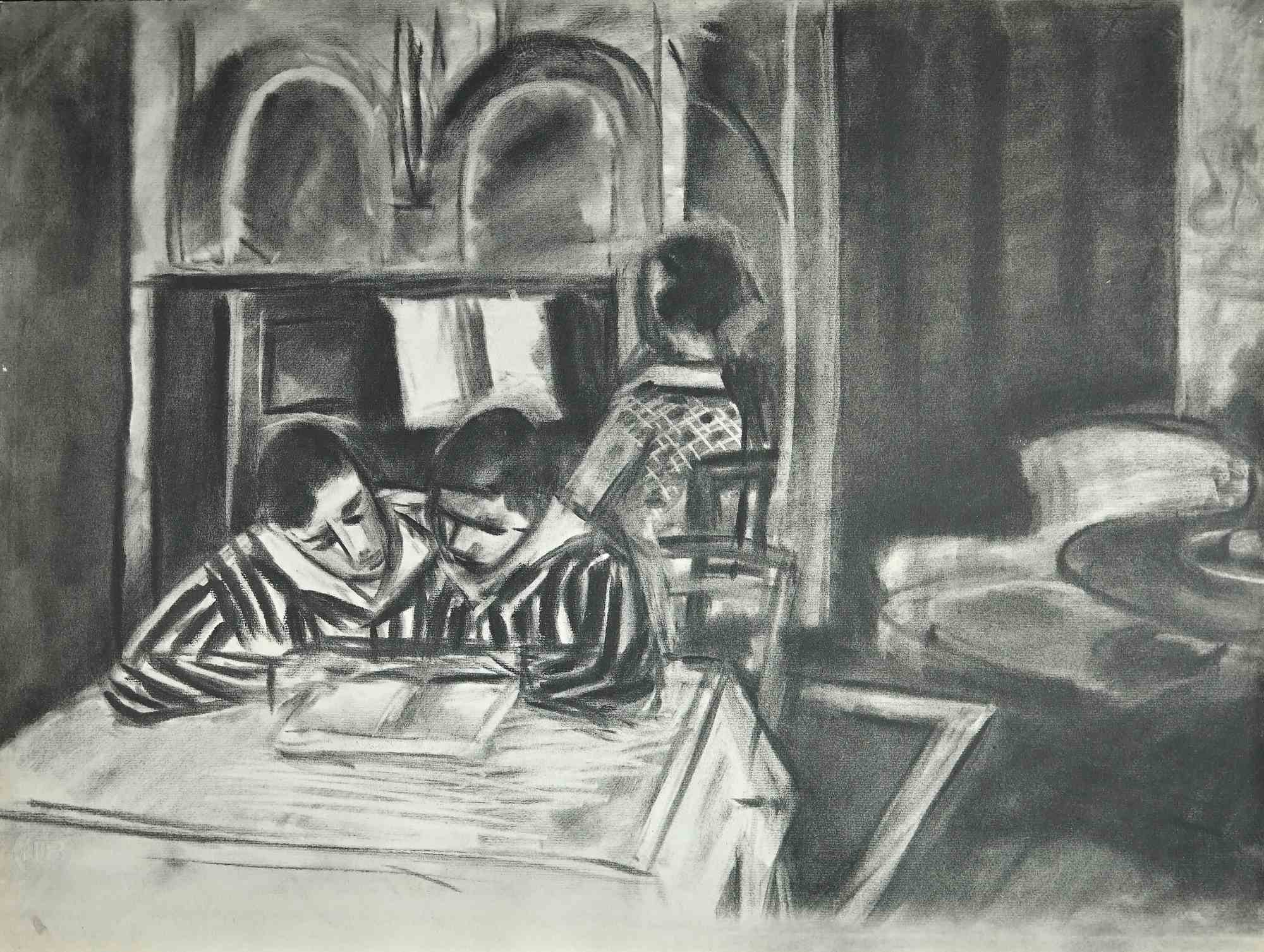
Interior Scene
Henri Matisse (after)
Drawing
460€
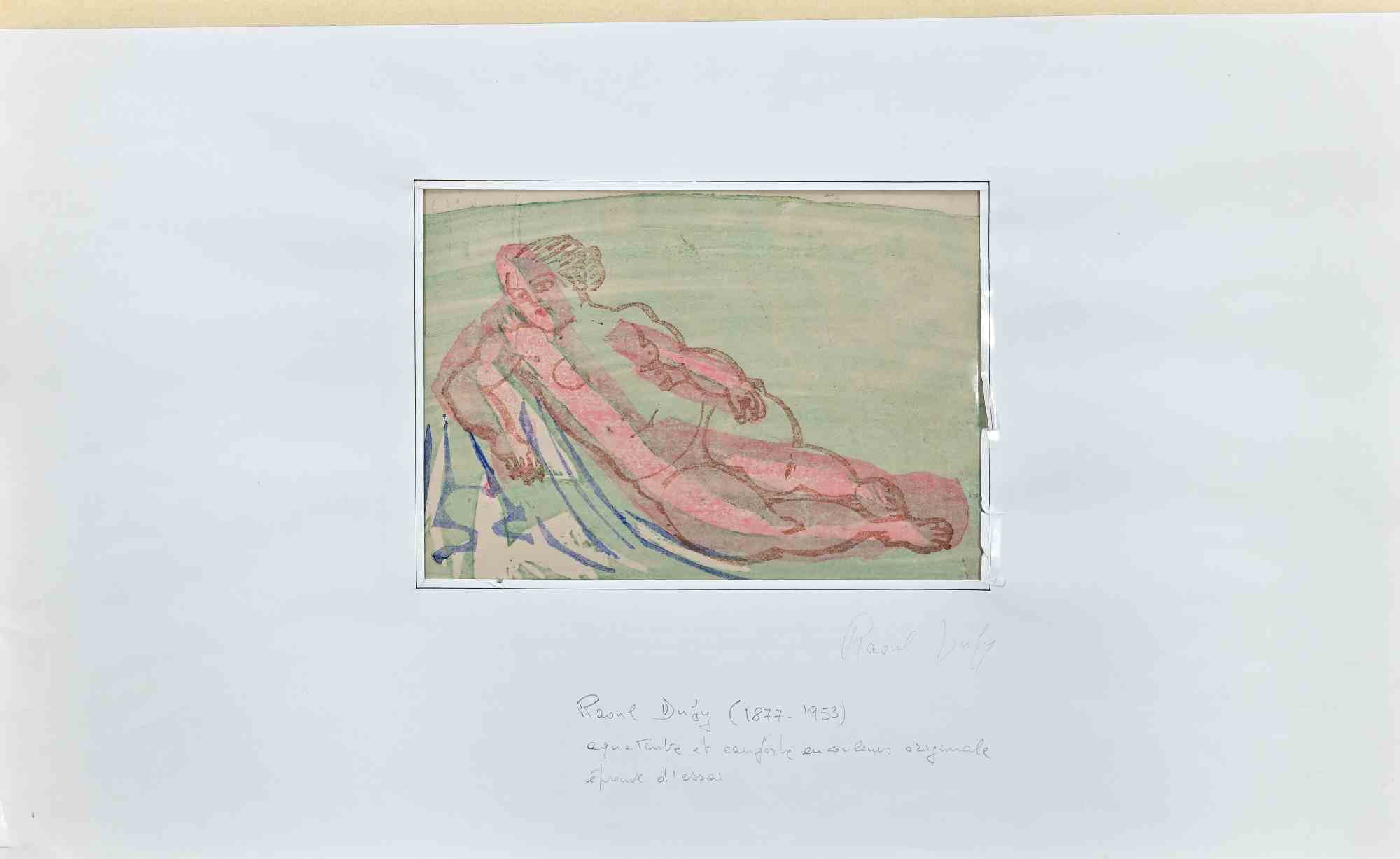
Woman Lying
Raoul Dufy
340€
